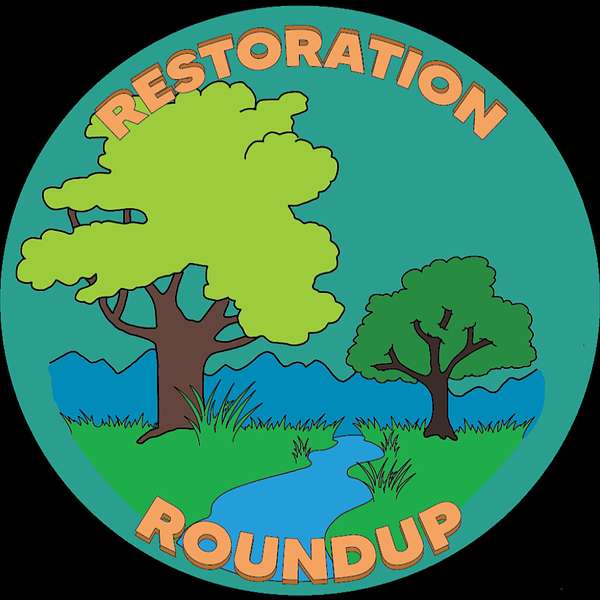
Restoration Roundup
Restoration Roundup
Developing Disease-Tolerant Elm Trees for Riparian Forest Restoration (and more)
In this episode we speak with two scientists from the U.S. Forest Service that are part of the American Elm disease resistance breeding and restoration program, Dr. Leila Pinchot and Dr. Kathleen Knight. Dr. Knight’s research has focused on the effects of non-native pests and pathogens in forested ecosystems, concentrating in emerald ash borer and our topic today: dutch elm disease. Dr. Pinchot is a forest ecologist whose research focuses on tree restoration for species impacted by non-native pests and pathogens.
Elm trees' resilience against harsh spring storms and their roots' exceptional ability to filter out sediments make them critical species for floodplains. However, elms have become a rarity among floodplains due to the desolating impacts of the elm bark beetle (scientific name: Hylurgopinus rufipes of the Curculionidae family) that spreads dutch elm disease. The disease spread extensively across the U.S. in the mid-20th century killing more than 75% of elm trees by 1989. Dutch elm disease attacks the xylem cells of the trees which carry water and nutrients from the root to the stems and leaves, making it one of the deadliest tree diseases. This has severely impacted restoration and floodplain efforts, as no other trees fill the niche of Elm trees.
Tune into this episode as we discuss Knight and Pinchot’s team's work in developing disease tolerant elms, the role of elm trees in riparian forests, gaps in understanding the disease, the impact climate change has on this disease, and more!
If you, or someone you know finds a large survivor elm on your property, you can submit it to the survivor elm database here.